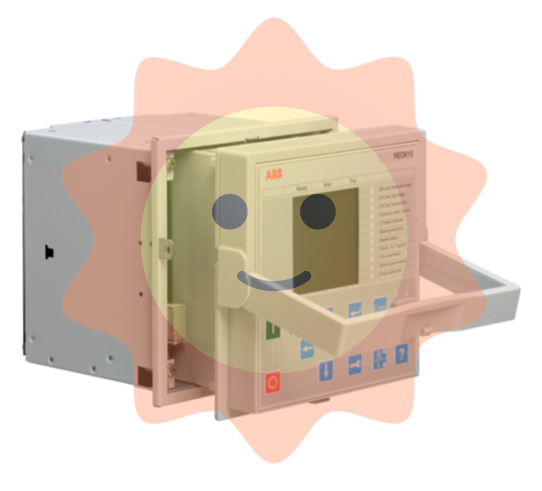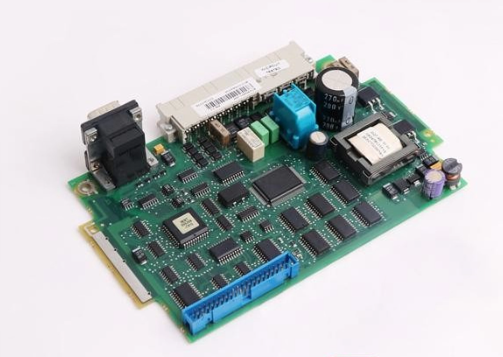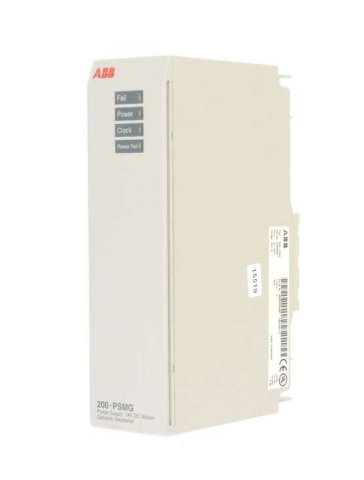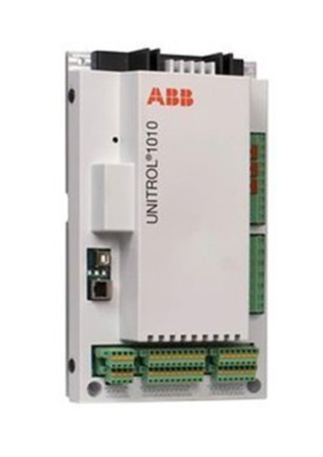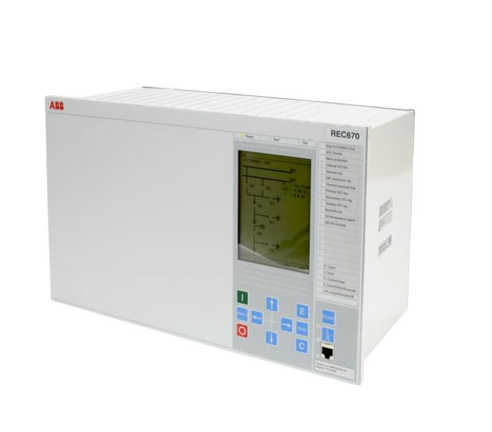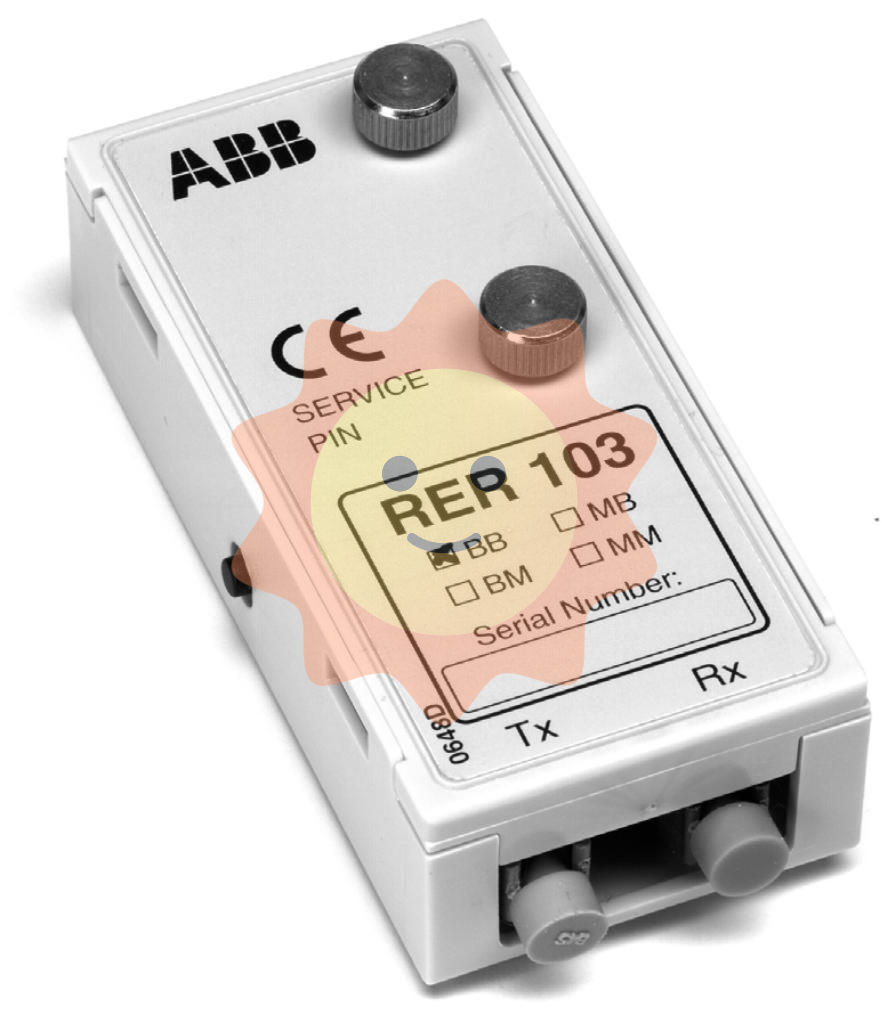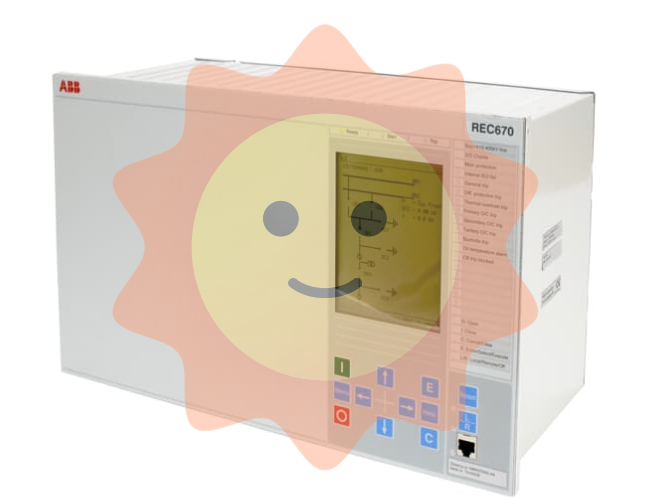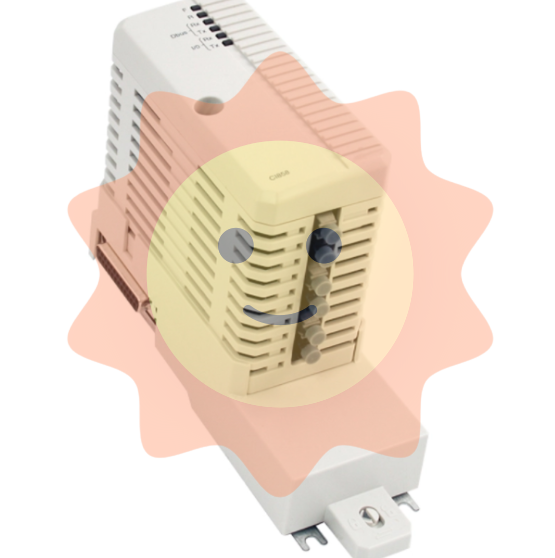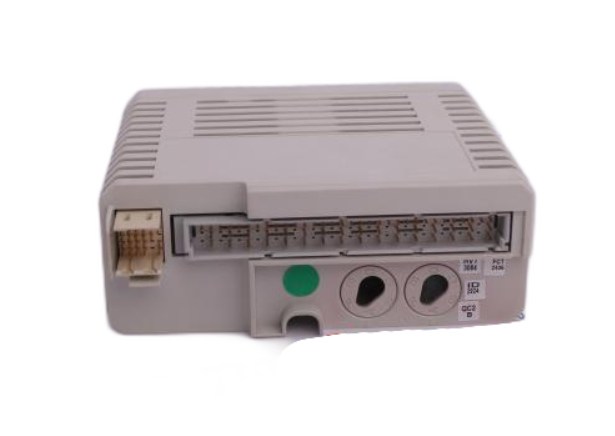Watlow CLS200 series controller
Key function: The "YES" key is used to select menus/parameters, confirm YES/NO prompts, increase values, and stop scanning; The "NO" key is used to skip menus/parameters, reject YES/NO prompts, reduce values, stop scanning, and perform NO key reset (press and hold to restore default parameters when powered on); The 'BACK' key is used to cancel editing, return to the previous menu, and switch display modes; The 'ENTER' key is used to store modifications, enter the next parameter, and start scanning (press twice); The "CHNG SP" key is used to modify the set value; The "MAN/AUTO" key is used to switch between manual/automatic modes, adjust manual output, and start self-tuning; The 'RAMP/SOAK' key is used to allocate slope/constant temperature curves, select modes, and view curve status (controllers with this option only); The 'ALARM ACK' button is used to confirm alarms and reset global alarm outputs.
2. Core display mode
(1) Bar chart display (default upon startup)
Display content: The top displays up to 8 circuit numbers/names and alarm symbols (such as "<" for low process/deviation alarm, ">" for high process/deviation alarm, "F" for sensor failure), and the bottom displays control status symbols (such as "M" for manual, "A" for automatic, "T" for self-tuning).
Operation: Press the "YES"/"NO" keys to switch circuit groups, press "ENTER" twice to start scanning (each group displays for 3 seconds), press any key to stop scanning, press the "BACK" key to switch to task display (if enabled) or single circuit display.
(2) Single loop display
Display content: Display the process variables, engineering units, set values, control status (MAN/AUTO/TUNE/HEAT/COOL), and output percentages of a single circuit. If dual outputs are enabled, heating and cooling output percentages will also be displayed separately.
Operation: Press the "YES"/"NO" keys to switch circuits, press "ENTER" twice to start single circuit scanning (each circuit displays for 1 second), press any key to stop, press the "BACK" key to switch to task display or bar chart display.
(3) Alarm display
Trigger logic: When the process/deviation/sensor failure/system alarm is triggered, the controller automatically switches to the single loop display of the fault circuit, and the global alarm output is activated, displaying a 2-character alarm code (such as "FS" indicating thermocouple disconnection, "HP" indicating high process alarm). When the sensor fails, the output is set to the "sensor fault heating/cooling output" parameter value (default 0%), and the alarm code flashes. Other functions can only be operated after confirmation.
Alarm types: including sensor faults (thermocouple open/short/reverse, RTD open/short), process alarms (high/low process, high/low deviation), system alarms (battery failure, low power consumption, excessive ambient temperature, hardware failure), each alarm corresponds to a specific code and processing method.
Alarm confirmation: Press the "ALARM ACK" button to confirm the alarm. If multiple circuits alarm, they will switch to each faulty circuit in sequence. All alarms need to be confirmed before resetting the global alarm output.
3. Key operational procedures
(1) Modify the set value
Switch to the single circuit display of the target circuit;
Press the "CHNG SP" button, and the display screen will show "SETPOINT? XX" (XX is the current set value);
Press the "YES" key to enter modification mode, and press the "YES"/"NO" keys to increase or decrease the set value;
Press the "ENTER" key to save and return to the single circuit display, or press the "NO"/"BACK" keys to cancel the modification.
(2) Manual/automatic mode switching
Switch to the single circuit display of the target circuit;
Press the "MAN/AUTO" button, press the "YES" button to confirm the mode switch, or press the "NO" button to cancel (in automatic mode);
If switching to manual mode, press the "YES"/"NO" keys to set the heating/cooling output percentage, and press the "ENTER" key to save;
If switched to automatic mode, the controller controls according to the preset PID parameters;
If switched to TUNE mode, the controller automatically optimizes the PID parameters.
(3) Self tuning operation
Prerequisite: The controller has installed control and sensor circuits, the thermal load is in place, the system can operate safely, and the approximate target temperature is known.
Operation steps:
Switch to the single loop display of the target loop, ensuring that the process variable is stable and in manual mode;
Set the set value close to the normal operating temperature (note: during the self-tuning period, the output is 100% or the output limit value must be within a safe range);
Press the "ENTER+ALARM ACK+CHNG SP" key combination to enter the settings menu, and set "INPUT Filter" to 0 SCANS in the "SETUP LOOP INPUT" menu;
- EMERSON
- Honeywell
- CTI
- Rolls-Royce
- General Electric
- Woodward
- Yaskawa
- xYCOM
- Motorola
- Siemens
- Rockwell
- ABB
- B&R
- HIMA
- Construction site
- electricity
- Automobile market
- PLC
- DCS
- Motor drivers
- VSD
- Implications
- cement
- CO2
- CEM
- methane
- Artificial intelligence
- Titanic
- Solar energy
- Hydrogen fuel cell
- Hydrogen and fuel cells
- Hydrogen and oxygen fuel cells
- tyre
- Chemical fiber
- dynamo
- corpuscle
- Pulp and paper
- printing
- fossil
- FANUC
- Food and beverage
- Life science
- Sewage treatment
- Personal care
- electricity
- boats
- infrastructure
- Automobile industry
- metallurgy
- Nuclear power generation
- Geothermal power generation
- Water and wastewater
- Infrastructure construction
- Mine hazard
- steel
- papermaking
- Natural gas industry
- Infrastructure construction
- Power and energy
- Rubber and plastic
- Renewable energy
- pharmacy
- mining
- Plastic industry
- Schneider
- Kongsberg
- NI
- Wind energy
- International petroleum
- International new energy network
- gas
- WATLOW
- ProSoft
- SEW
- wind
- ADVANCED
- Reliance
- YOKOGAWA
- TRICONEX
- FOXBORO
- METSO
- MAN
- Advantest
- ADVANCED
- ALSTOM
- Control Wave
- AB
- AMAT
- STUDER
- KONGSBERG
- MOTOROLA
- DANAHER MOTION
- Bently
- Galil
- EATON
- MOLEX
- Triconex
- DEIF
- B&W
- ZYGO
- Aerotech
- DANFOSS
- KOLLMORGEN
- Beijer
- Endress+Hauser
- MOOG
- KB
- Moxa
- Rexroth
- YAMAHA


Email:wang@kongjiangauto.com





























































































